What is a herringbone pattern?
Current legislation does not specify any road markings referred to as "herringbone markings." However, in practice, "herringbone markings" are often used to refer to the V-shaped channel markings for traffic flow as stipulated in Appendix G of the National Technical Standard QCVN 41:2019/BGTVT.
Accordingly, the specifications for the herringbone pattern are as follows:
- The herringbone pattern consists of parallel, solid white lines, each 45 cm wide, with a distance of 100 cm between the edges, and inclined at a 135-degree angle counterclockwise to the direction of vehicle movement.
- The markings defining the V-shaped channeling of traffic lanes are single, solid white lines. These lines have a width of 20 cm.

The herringbone markings used to channel traffic flow are V-shaped. (Photo: Traffic Police)
The meaning and use of herringbone pattern
According to Appendix G of the National Technical Standard QCVN 41:2019/BGTVT, the meaning and use of herringbone markings are as follows:
- V-shaped lane markings (often called herringbone markings) are used to delineate sections of the road surface not intended for vehicle traffic, instead serving to channel traffic flows.
- When herringbone markings are in use, vehicles must follow the designated route and are not allowed to cross or cut across the markings except in emergency situations as stipulated in the 2008 Road Traffic Law.
- Herringbone markings are commonly used to channel traffic flow, such as guiding vehicles at toll booths or channeling traffic within complex at-grade intersections.
Thus, herringbone markings are significant in the arrangement of lane markings in areas where lanes merge and separate.
When is it permissible to cross the herringbone pattern?
From the meaning of herringbone lines, it can be seen that vehicles are not allowed to cross them while driving. However, the law still permits vehicles to cross herringbone lines in certain specified cases.
According to the regulations in Appendix G of the Vietnamese National Standard QCVN 41:2019/BGTVT on Road Traffic Signs, the herringbone markings are defined as follows:
c. Line 4.2: V-shaped channeling of traffic flow
Meaning of use: V-shaped lane markings are used to delineate sections of the road surface not used for vehicle traffic, but rather to channel traffic flows. When marking 4.2 is used, vehicles must follow the designated route and are not allowed to cross or cross the markings except in emergency situations as stipulated in the Road Traffic Law .
Therefore, vehicles must follow the designated lanes and are not allowed to cross or cross the lines except in emergency situations as stipulated. Emergency situations where vehicles are permitted to cross the lines include:
- The vehicle broke down and had to stop or park on the road.
The driver and the vehicle are in a dangerous condition.
- Affected by bad weather…
Therefore, vehicles are allowed to drive over the herringbone lines in the aforementioned emergency situations.
CHAU THU
Source














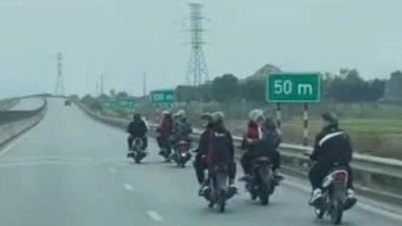


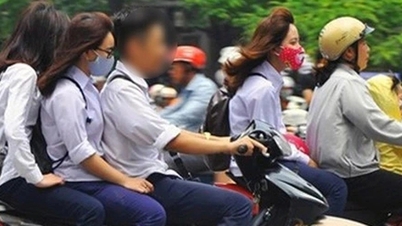







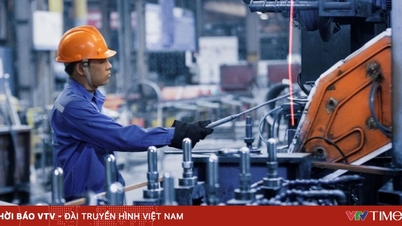




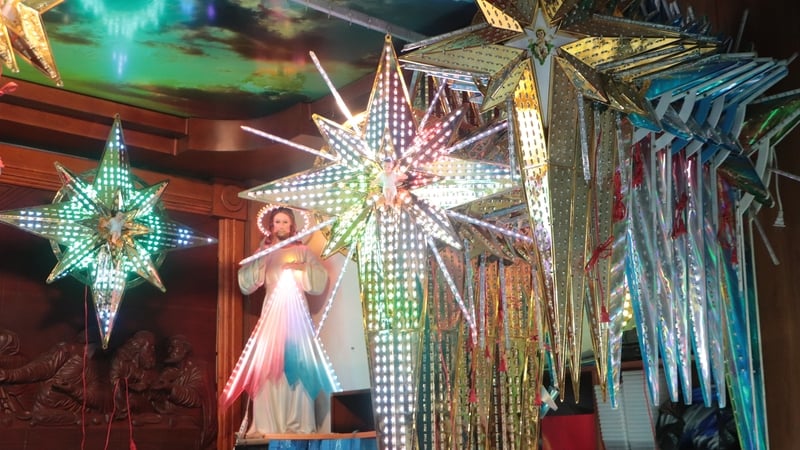

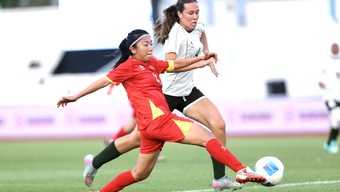


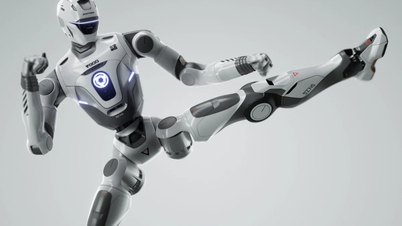










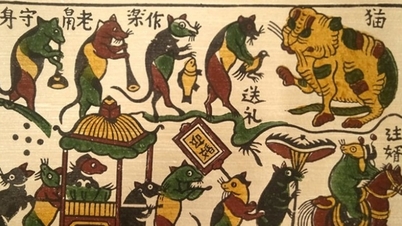

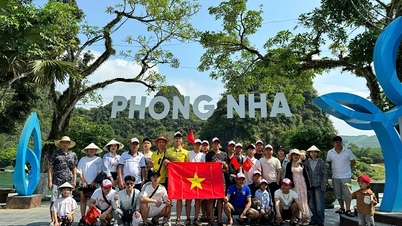

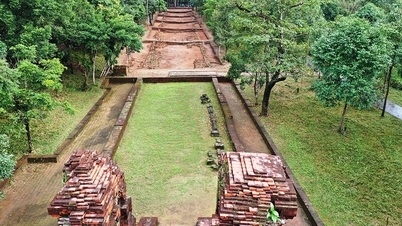









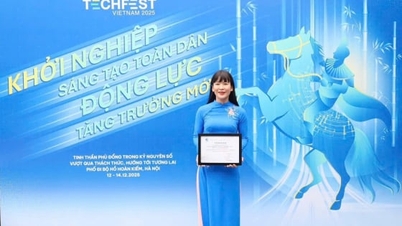





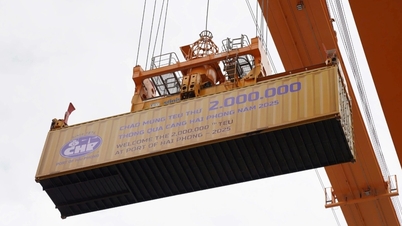
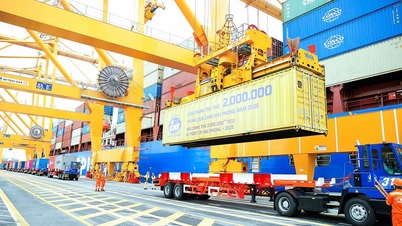

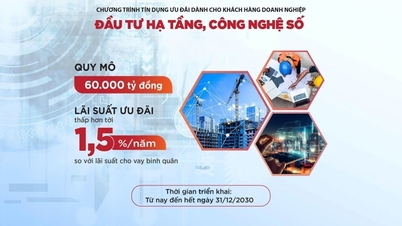


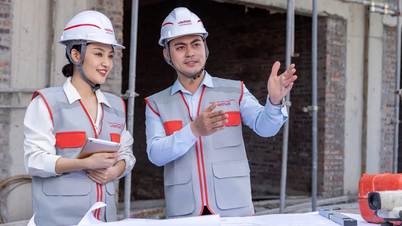


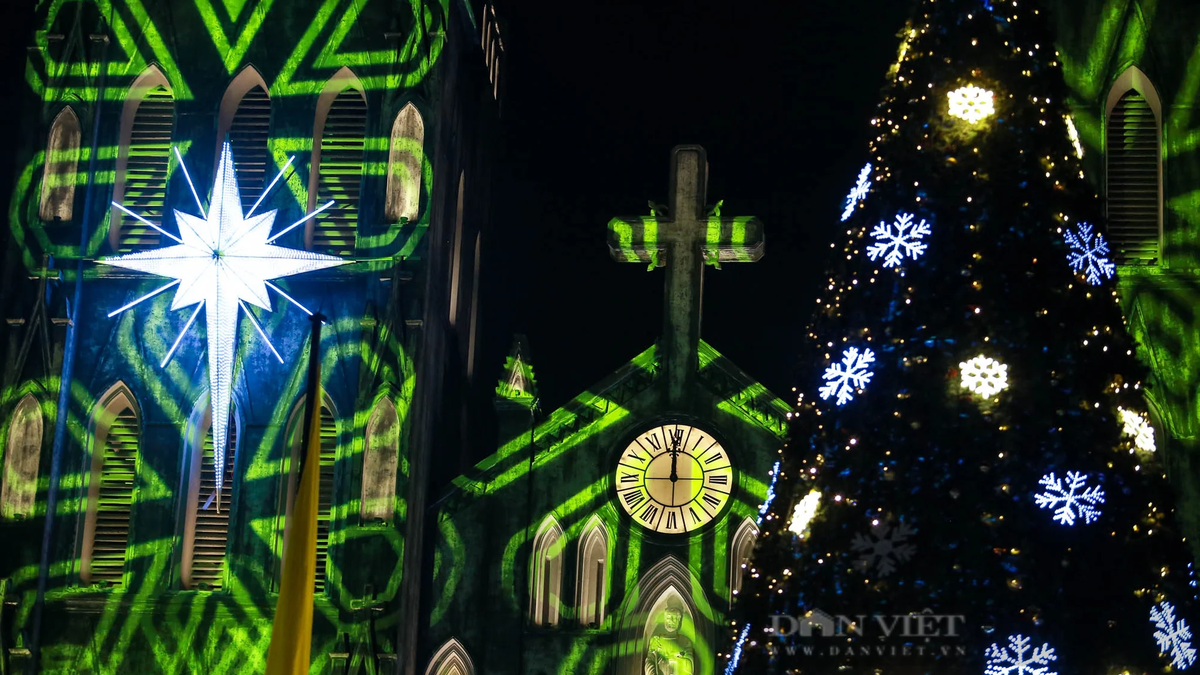






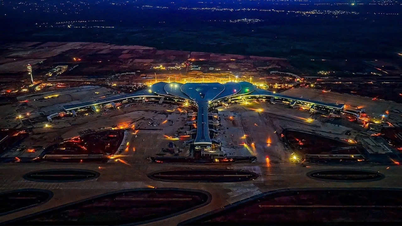
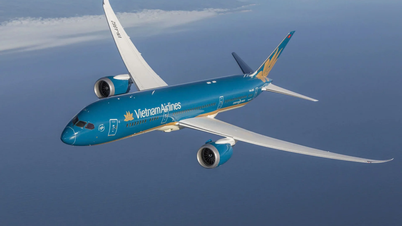
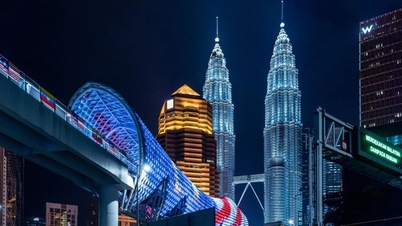






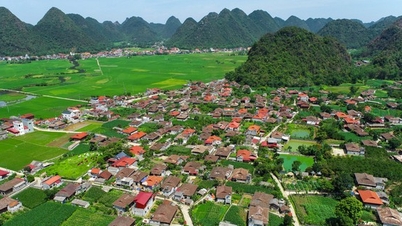
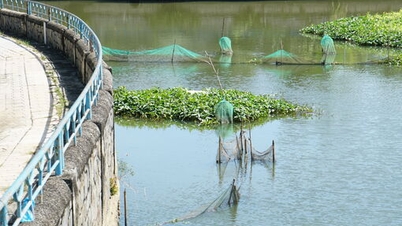














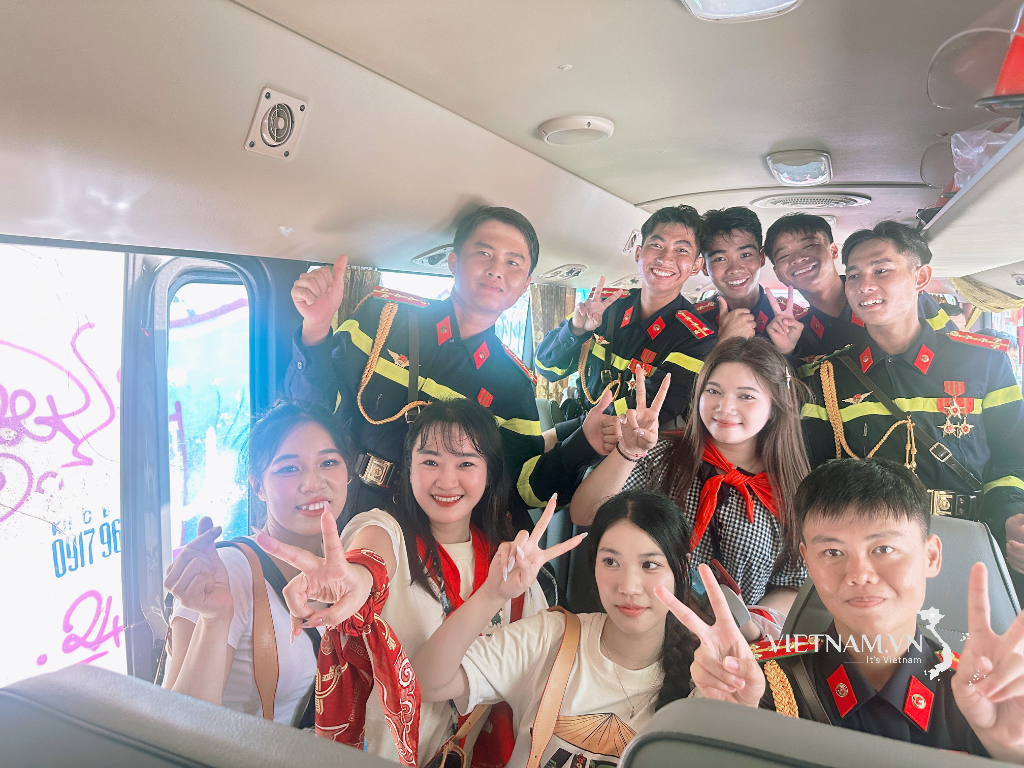



Comment (0)